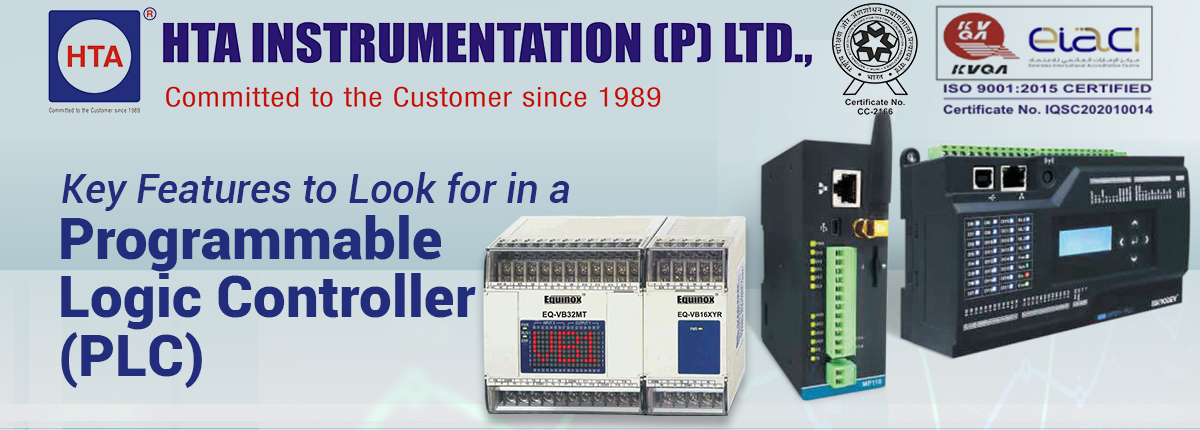
How Paperless Recorders Improve Process Efficiency in Industrial Settings
In today’s rapidly evolving industrial landscape, the need for efficient and reliable data recording solutions is more critical than ever. Traditional paper-based recording methods are




